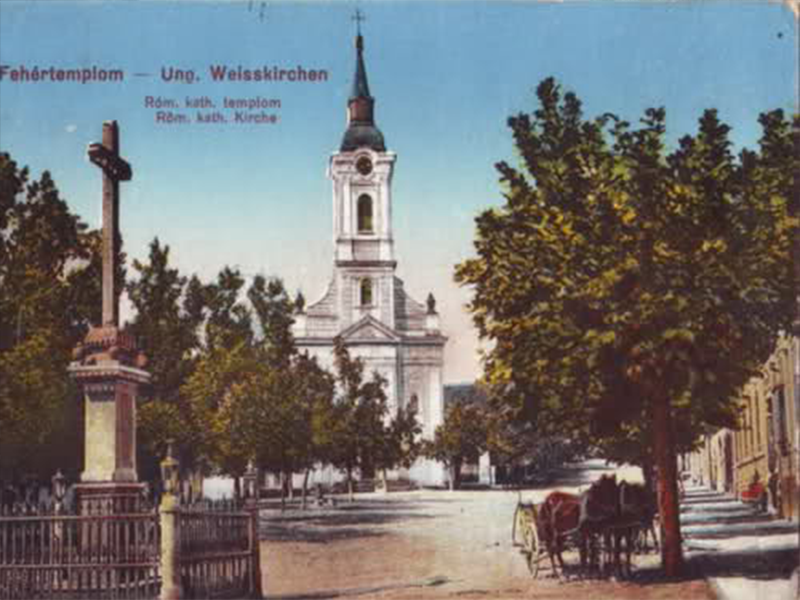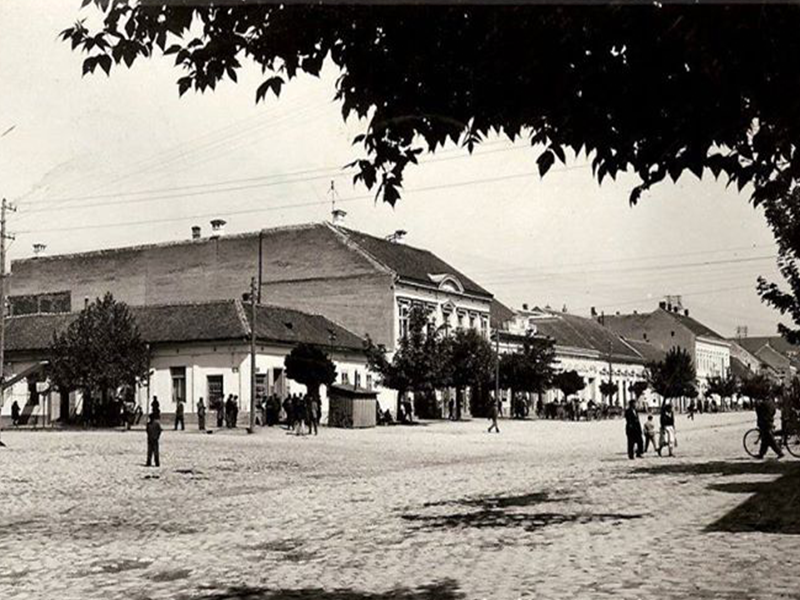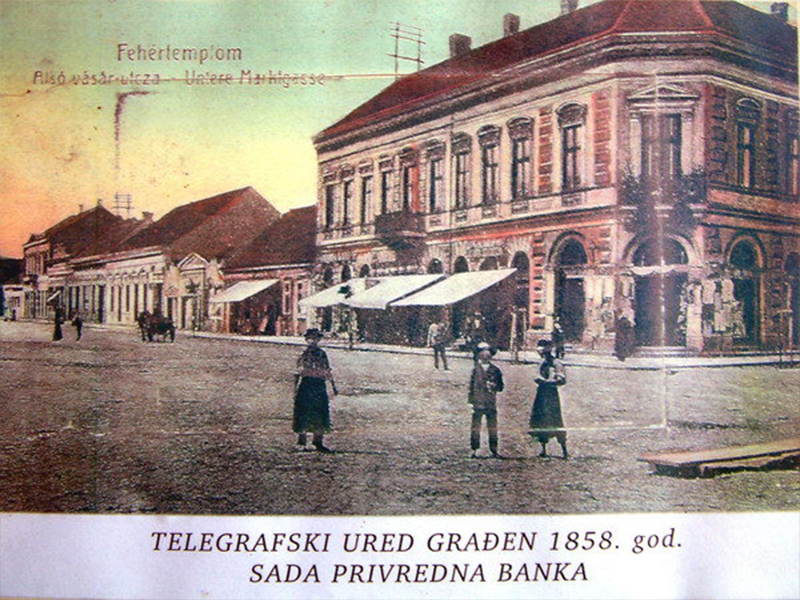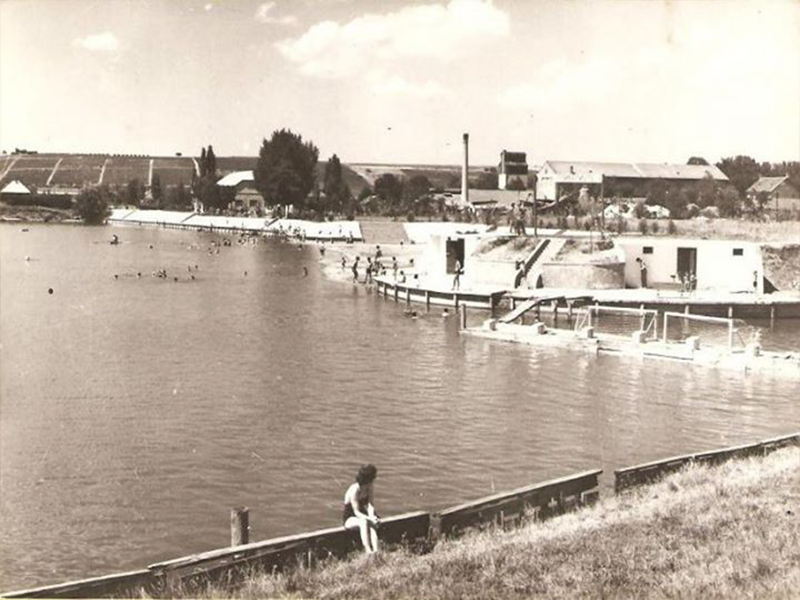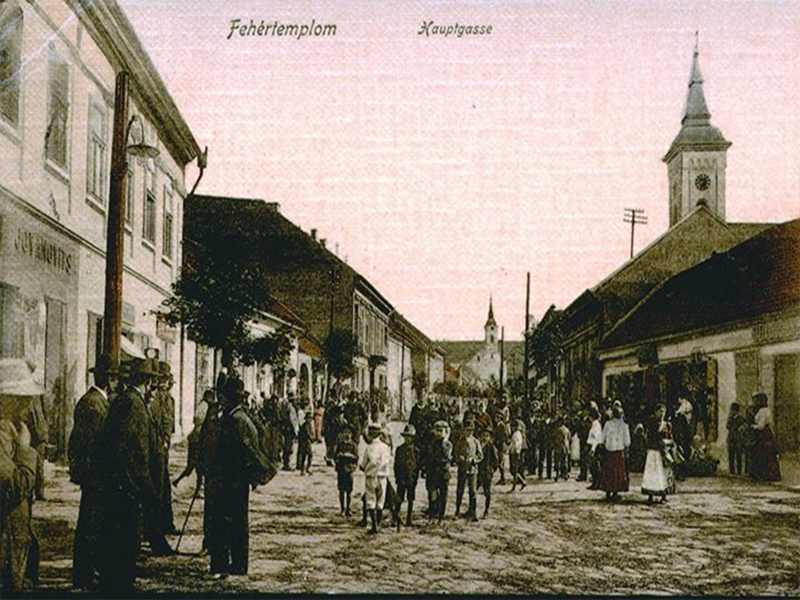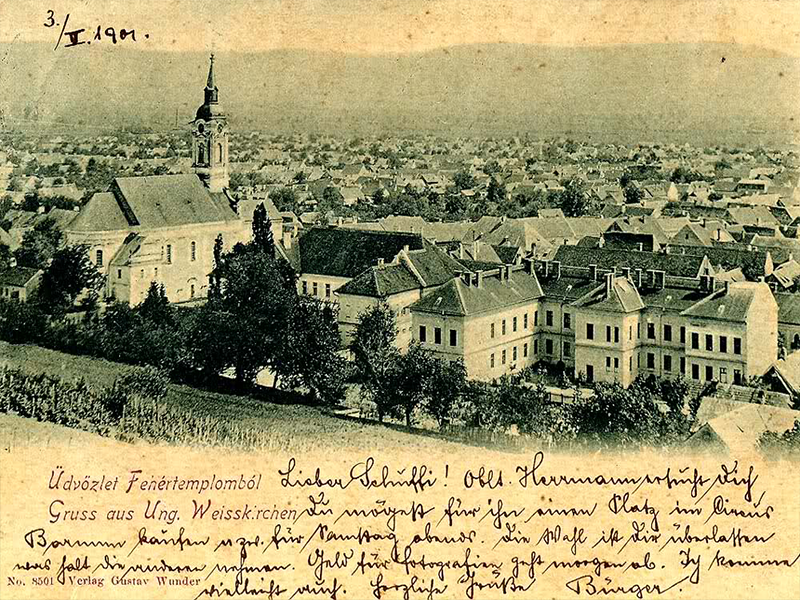Bela Crkva
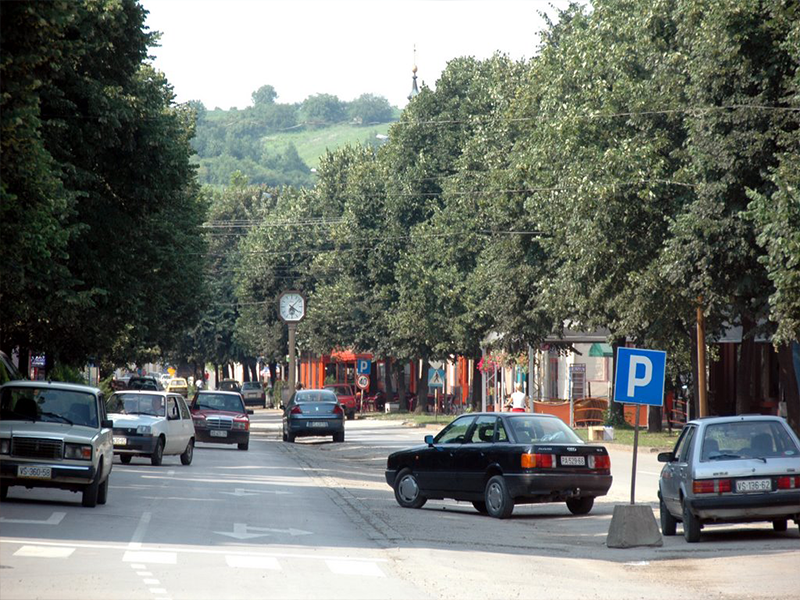
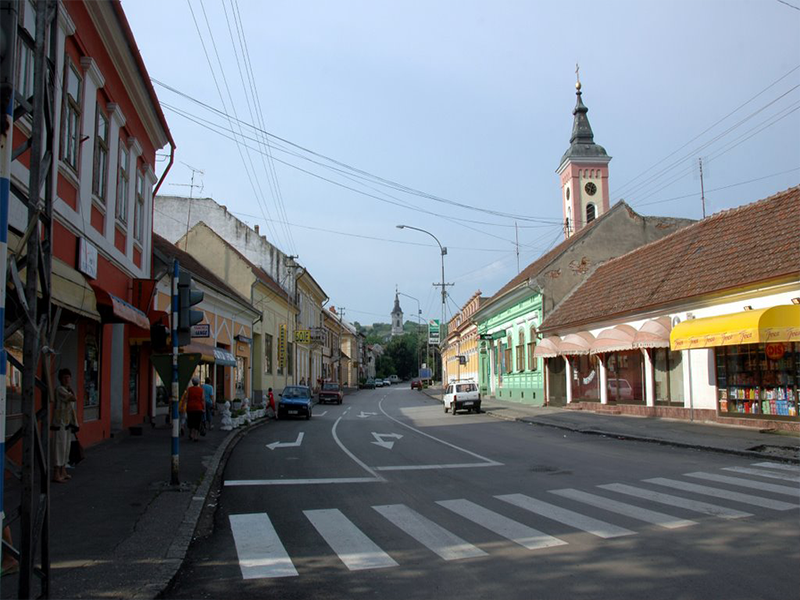
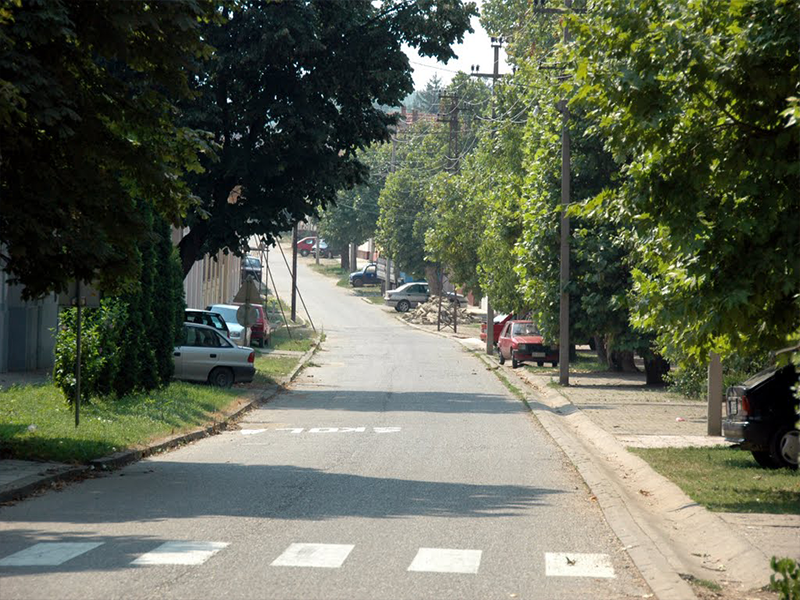
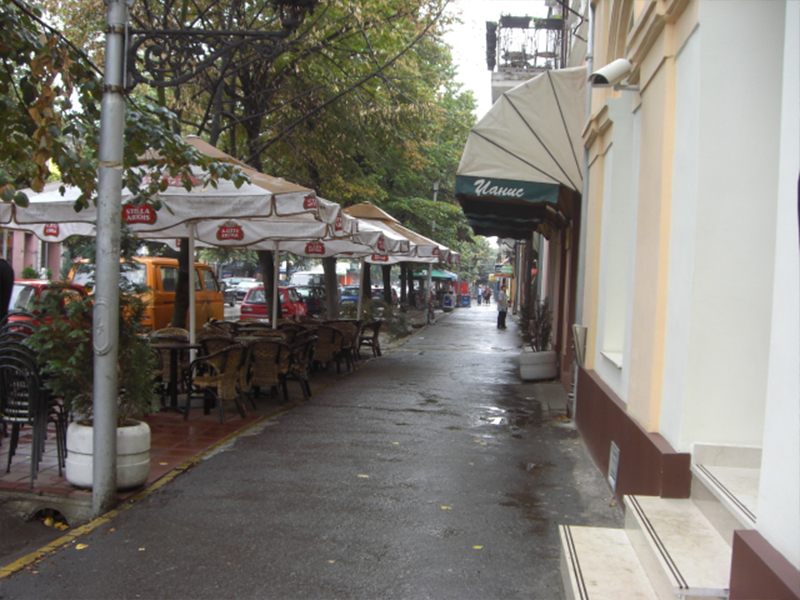
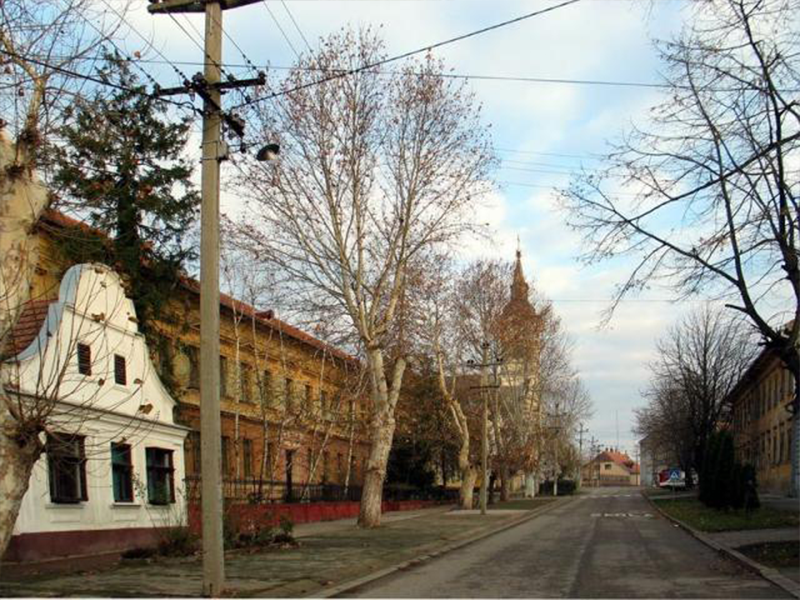
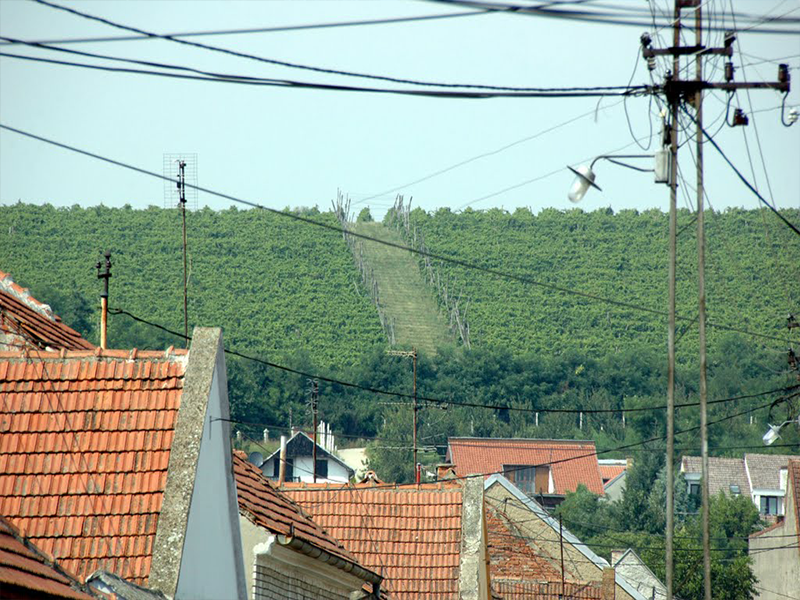
The municipality of Bela Crkvais located in the south-eastern part of Serbia, Vojvodina, in the southe-astern part of Banat. It's spread on 353 cubic meters of land. Southern part of territory gave access to the Danube, on the west and north Bela Crkva territories has borders with municipalities Vršac and Kovin, the Romanian border is located to the east.
Geographically, the location is Bela Crkva valley, between Vršac mountains to the north, Lokva and Danube to the south, Banat mountains to the east, and opening towards the west. Strong winds deposited large quantities of sand, making sand dunes in the southeaster-northwestern area, creating Deliblato sands, which acts like a border between the Bela Crkva valley and Pannonian Basin. The Pannonian sea left large quantities of gravel, sand and clay. Nera river flooded and made fertile land. Bela Crkva territory has good soil for agriculture, vineyards and orchards.
The climate is mildly continental. Summers are short and warm, and wintertime is short, with cold periods. Autumn and fall last longer. With many sunny days annually, Bela Crkva is an ideal location for spending time on one of the many lakes of Bela Crkva.
The area of the White Church is rich in water. Besides the Danube, the municipality is intersected by the only two mountain rivers in the Vojvodina plain - Nera and Karas, numerous streams, the Danube-Tisa-Danube channel and many lakes created by gravel exploitation, as well as several wetlands, of which the most famous is Swan window, located in the area between the Danube and the Deliblato Sands, which is placed on the Ramsar list, due to its ecological importance.
All of these features give the area a distinct look, compared to the Banat plain, where it's hills, rivers, Deliblato Sands, Swan Window and many lakes provide a special opportunity for the development of tourism.
The Municipality of Bela Crkva has about 19,000 inhabitants, according to the 2011 census. There are 22 nationalities. In the seat of Bela Crkva municipality 8,868 inhabitants live, and the town is the administrative, political and cultural centre of 14 settlements and 13 local communities. The settlements in the municipality are: Banatska Palanka and Stara Palanka, Banatska Subotica, Vračev Gaj, Grebenac, Dobričevo, Dupljaja, Jasenovo, Kajtasovo, Kaluđerovo, Kruščica, Kusic, Crvena Crkva and Češko Selo.






Bela Crkva (Weisskirchen, Fehertemplom, Biserica Alba) is first mentioned in the years 1332. and 1355. as a Catholic eparchy. All historical traces all lost until 1681. when it is mentioned again, settled by Orthodox Serbs.
After the Great migration of Serbs in 1690. and especialy after the Požarevac peace treaty in 1718, Bela Crkva gains in importance. After the creation of The Military Frontier, which resulted in fast economical and commercial growth. In this period Bela Crkva became a no home for settlers from Germany, Romania, Hungary, France, Italy, Slovakia and the Czech Monarchy. This multiculturalism is featured in Bela Crkva even today. Bela Crkva was under Ottoman Empire occupation until 1717. After the Ottoman Empire, Bela Crkva area was under Austrian governing. Bela Crkva of today was founded by Count Claudius Florimund de Mercy in 1717. The Military Frontier was founded to repel the Ottomans by Austria. In the year 1774. the Vlach-Ilirian regiment was founded, general command was in Bela Crkva. In two short periods in 1739. and 1739. Bela Crkva was again under Ottoman occupation, in both periods the city was raised, but it was hastily rebuilt.
Commercial growth led to Bela Crkva becoming a city in 1815. Bela Crkva gained the status of a Free Imperial City with privileges on 08.06.1871. after the disbandment of The Military Frontier. In 1876. Bela Crkva had five silk factories, successful brickworks, a cognac and liquor factory, a steam sawmill, a food factory, leather works, mills, three soda water factories, paper presses. In 1931. Bela Crkva had 349 guilds and 392 shops. Bela Crkva is a town with most of its cultural and historic objects mostly intact.
Modern roads are built towards Vršac, Pančevo, Timisoara, Oravica, Moldava. Stara Palanka became a port for river transportation via the Danube. One of the first rail roads in Vojvodina is built in 1856. Today rail road transportation has limited functionality. Buildings are build, many of which make up the architectural beauty of Bela Crkva even today.
Multiethnicity, religious diversity and culture were the spearhead of the city's development. Good climate conditions, fertile land, water plentifulness and a good geo-strategical position in that time enabled fast paced economical, administrative and cultural growth of Bela Crkva. Agriculturally, after grain production, a special care is made in grape and fruit cultivation. Quality wines are produced, which make their way to European capitals, where they win notable awards, while fruits from orchards wins the highest honours annually. Manufacturing, industry and trade are developing, leading to products made in Bela Crkva reaching the markets of Austro-Hungarian monarchy. Products of Bela Crkva gained acclaim and awards on shows and faires. The city becomes an administrative centre with a Magistrate, customs house, courthouse. The progress lead towards rapid development of healthcare.
Being a regional cultural centre, schools are formed and the city started building the gymnasium building in 1875. In 1876. the first museum in Vojvodina is formed. Artists created the Bela Crkva painting school, which is even studied today. Choirs and amateur theatres are formed. In this period the first Bela Crkva carnival is held.
First steps in making Bela Crkva a tourist location are made. Today, in the summer months thousands of tourists visit the many lakes of Bela Crkva, and in the height of the season, the number of visitors rises.
After 1919. Bela Crkva looses it's geo-strategical significance. After forming the Kingdom of Serbs,Croats and Slovenians the border with Romania was near Bela Crkva. Many roads were closed, resulting in loosing big markets, especially in Austrian cities.
With the coming of White Flag Russians whole Russian schools were transferred to this area, especially the Russian cadet corps of Knez Konstantin Konstatinovič. Cultural life achieved new heights. Afterwards, World War II came, and in 1943. mass shootings of Serbs were organised by German occupation force. When World War II ended, Bela Crkva was liberated by the Russians, and almost every German had left the town. After liberation of Bela Crkva in 01.10.1944. the city is organised and first activities of development and rebuilding start.
